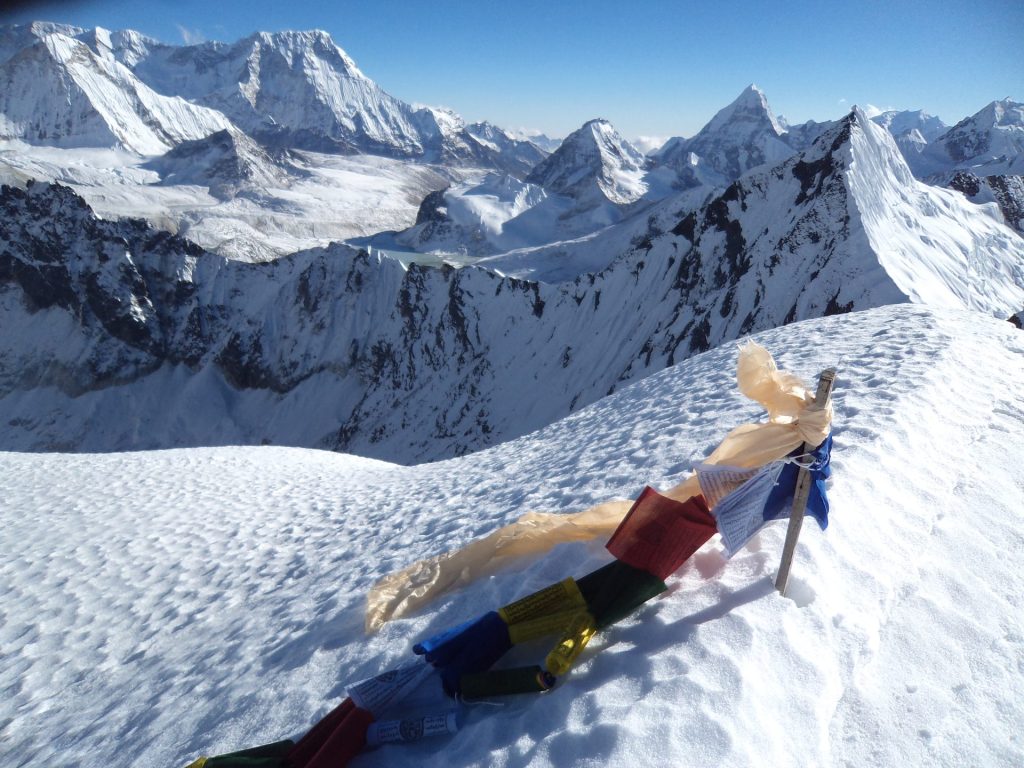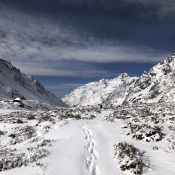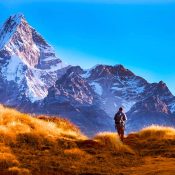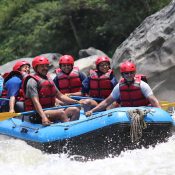High Altitude Trekking in Nepal: How to Prevent and Manage AMS

High Altitude Trekking in Nepal: How to Prevent and Manage AMS
Nepal is a dream destination for trekkers across the globe. With iconic routes like Everest Base Camp, Annapurna Circuit, and Manaslu Trek, the allure of high altitude trekking in Nepal is undeniable. But with breathtaking trails that often cross 3000 meters and beyond, trekkers face one common challenge, Acute Mountain Sickness (AMS).
As someone who has guided and studied trekking for decades, I can tell you that being prepared is just as important as being adventurous. Let’s explore how you can prevent and manage AMS while making the most of your Himalayan journey.

What is AMS and Why Does It Happen?
Acute Mountain Sickness occurs when your body struggles to adapt to lower oxygen levels at higher altitudes. Symptoms often include:
- Headache
- Dizziness
- Fatigue
- Loss of appetite
- Difficulty sleeping
If ignored, AMS can progress to serious conditions like HAPE (High Altitude Pulmonary Edema) or HACE (High Altitude Cerebral Edema)
Tips to Prevent AMS While Trekking in Nepal
- Acclimatize Gradually: Follow the golden rule: “Climb high, sleep low.” Take rest days at key points (like Namche Bazaar on the Everest Base Camp trek) to let your body adjust.
- Hydrate Well: Drink plenty of water, dehydration worsens AMS symptoms. Avoid alcohol and minimize caffeine, especially at higher elevations.
- Pace Yourself: Trekking in the Himalayas isn’t a race. Walk slowly, listen to your body and never push yourself beyond comfort.
- Fuel Your Body: Eat balanced meals rich in carbohydrates. Local dishes like dal bhat provide excellent energy for long days on the trail.
- Consider Preventive Medication: Consult your doctor about acetazolamide (Diamox) before the trek. It’s often recommended for those trekking above 3,500m.
How to Manage AMS on the Trail
- Recognize Early Symptoms: Don’t ignore headaches or unusual fatigue.
- Descend if Necessary: If symptoms worsen, the safest solution is to descend at least 500m.
- Use Oxygen Support: Some trekking groups and lodges carry bottled oxygen or portable chambers.
- Rest and Recover: Avoid climbing higher until symptoms are completely gone.
Why Preparation Matters ?
High altitude trekking in Nepal is not just about reaching the destination; it’s about enjoying the journey safely. With preparation, awareness and respect for the mountains, you can experience the Himalayas without compromising your health.
Remember: The mountains will always be there, you can always plan for the next time but your safety must come first.
All Categories
Quick booking process
+977-9803633878




